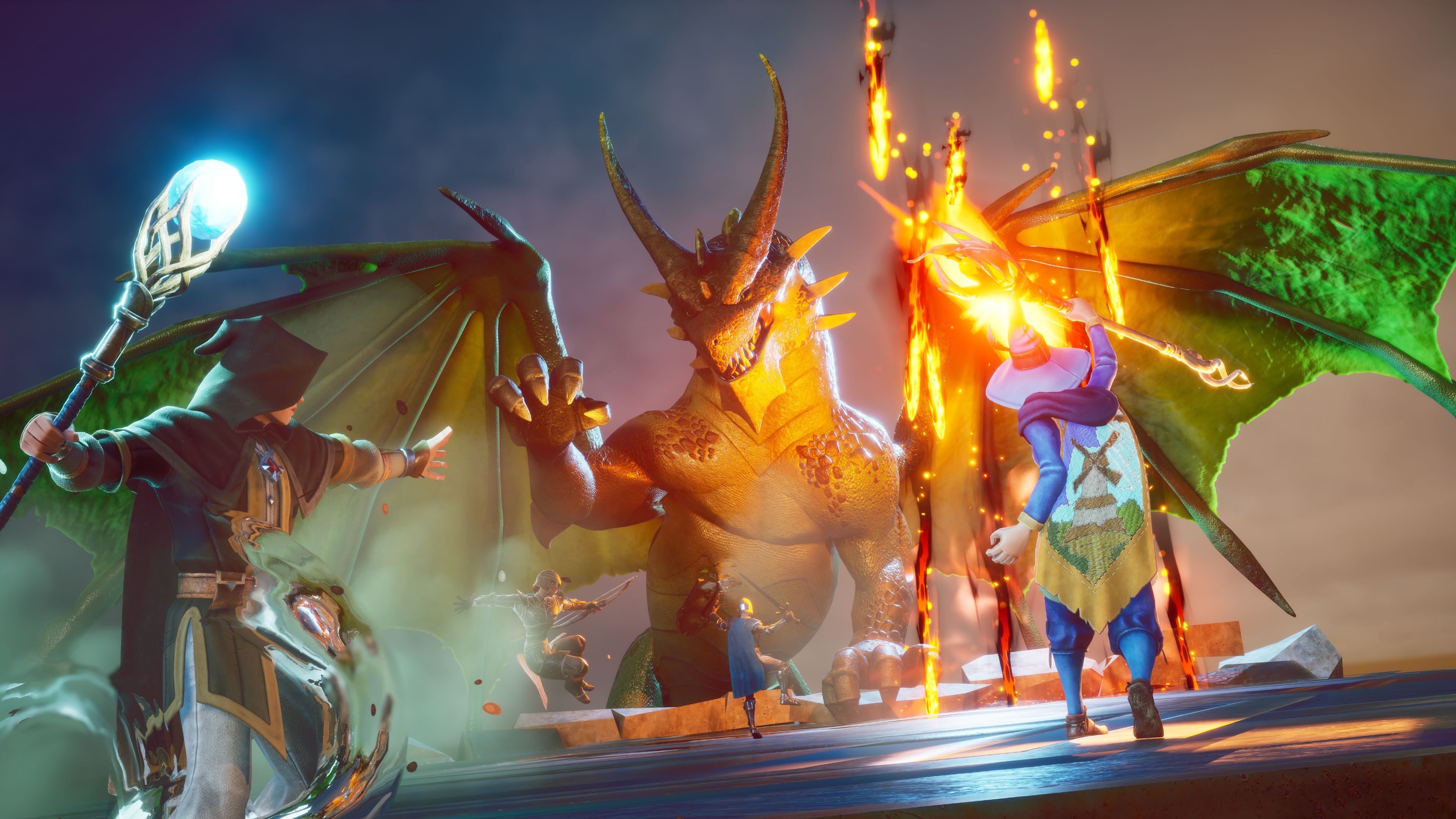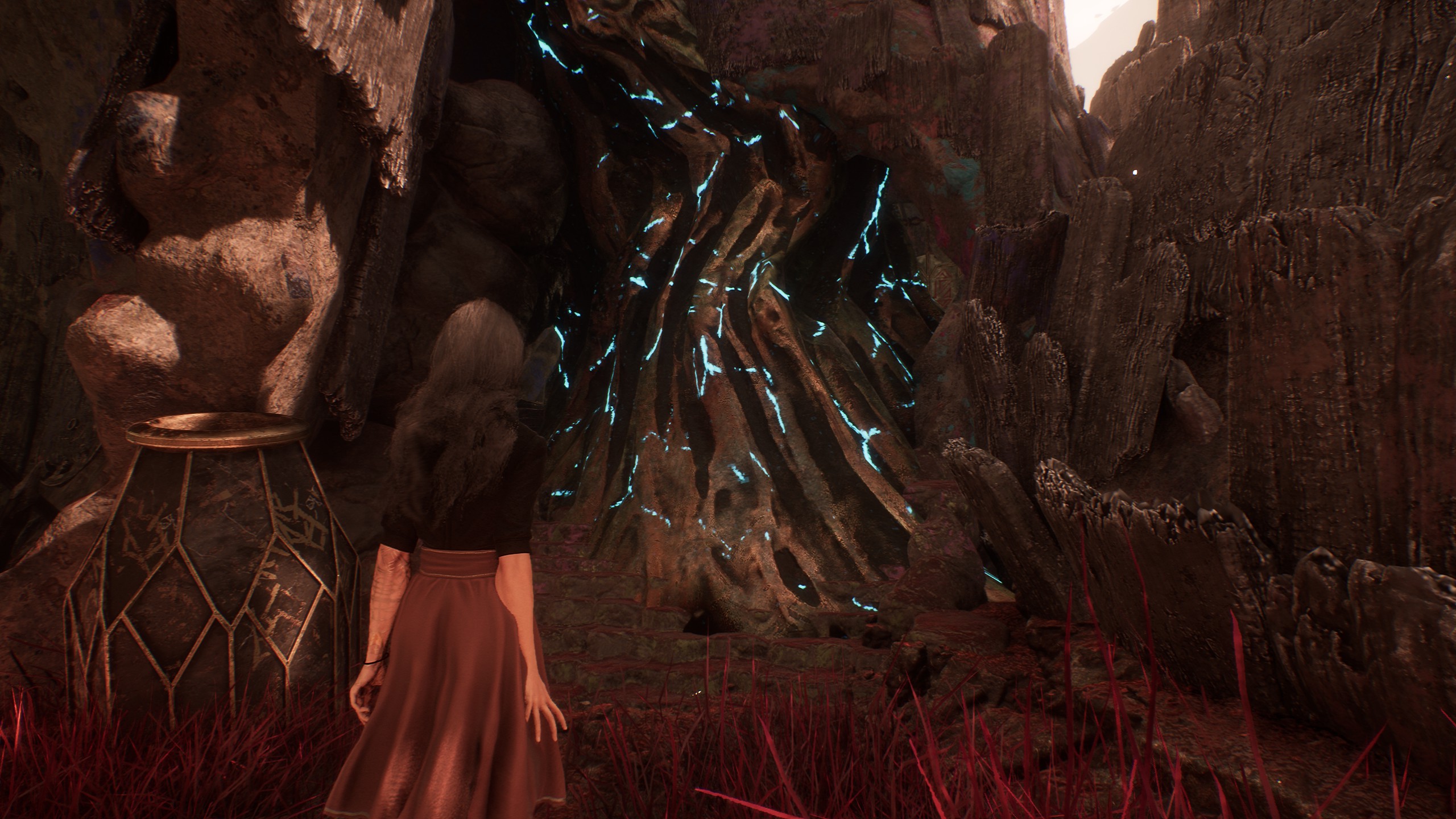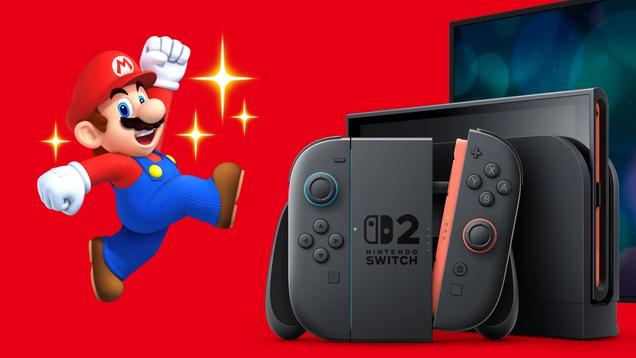
Dragon Ball: Sparking! Zero Review in Progress
A lot has changed about both video games and the way we play them since the last mainline entry in the Dragon Ball Z: Budokai Tenkaichi series. As the first direct sequel since the PlayStation 2 generation, that means there’s something charming about Dragon Ball: Sparking! Zero’s old school design and presentation compared to other fighting games on the market today. It’s tougher than Vegeta’s chest plate, and imbalanced in ways that are both annoying and lore accurate. Menus are labyrinthine, training tips are sparse and sometimes not very useful. But every battle is crafted with the sole purpose of putting the Dragon Ball fighting fantasy as it appears in the anime into our hands. The fast paced ki slinging, teleport kicking, and magical hair dying is great fun (when it’s not marred by responsiveness issues). The few areas Sparking! Zero does truly try to innovate, primarily with its branching story mode and create-your-own battles toolkit, are promising too. But while I’ve still got a bit more to see before my final review, so far playing this brawler feels just as much like a labor of love as the effort to resurrect the series in the first place.
Arena fighters don’t have a lot in common with their traditional cousins like Tekken or Street Fighter. Instead of the fight taking place on a horizontal plane, they pair full 3D movement in largely open spaces with slimmed down movelists, trading technical complexity for spatial tactics. Tenkaichi further distanced itself from other games in its genre like Power Stone by turning up the speed, replacing throwable objects with big environmental features that can be blown up, and creating huge empty skies for wide open air combat. Other Dragon Ball games like the Xenoverse series have picked up the mantle of this particular form of arena brawling, but while both it and Tenkaichi capture the energy of Dragon Ball media – from how quickly characters can move the fight from air to ground, melee to ranged, and back again in these big beautiful spaces – the latter was always the more all-out experience without stamina bars and with tons of flair. Sparking! Zero certainly carries on that tradition.
At least in still frames, it’s undeniable how great Sparking! Zero’s characters and environments look. Every character, no matter what era of Dragon Ball they’re from, looks better than I remembered. In motion, things are a bit more dicey, with some cutscene animations in particular being awkwardly stiff. On the whole, the sound hits the mark as well. The raucous blasts of ki explosions and booming whooshes of Z Fighters flying at high speeds are ripped straight off of the screens of old TV episodes. Most of the iconic voices of the various series are recreated pitch perfectly by their original voice actors, which is an important detail to get right. (Although, in limited cases like Perfect Cell, even a returning cast member can make a change in line delivery that had me frantically googling to confirm that my memory hadn’t been punched into a cliffside by old age.)
Another win for my inner child was the truly immense roster. 180 fighters pulled from every nook and cranny of the series are playable, many needing to be unlocked first via the shop or story modes. There are so many folks on this roster from shows or movies I haven’t watched in ages (or in some cases, at all) that I had to wonder why the very few that didn’t make the cut got snubbed. Many of these characters are repeated in some fashion – there are 19 versions of Goku, for example – but they aren’t all simply reskins. They can have different special techniques and transformation trees, meaning base level Goku from the Saiyan invasion days has a different set of moves and much lower upside than Buu Saga or Super-era Goku, who can transform into various technicolor versions of Super Saiyan. These abilities can’t be changed, but I could modify each warrior with ability items that boost things like attack power and health, though I barely noticed any benefit at all when doing so.
There’s been an unresponsiveness from the controls so far.
The controls are universal for all characters, but some on the roster interact with the standard systems slightly differently than others, which is an appreciated layer of nuance. For example, both attack buttons can be held down to unleash stronger attacks, which vary in range and application between fighters. Android characters can’t actively regain their ki in order to launch blast attacks, while gigantic characters like Janemba can’t be grabbed. Sparking! Zero makes no attempt to balance these differences, either; every time I was forced to fight a character that was canonically stronger than mine in the manga or anime, they were just as oppressive in-game as I’d expect.
Mix that with a general unresponsiveness from the controls and the tougher battles, mostly in the story mode, were extremely frustrating. Inputs are simple over all, but I’ve often felt lost so far when combat picks up the pace. Part of that is down to my own age and skill level (I played the last entry of this series with fervor, but that was right after Barack Obama was elected), and partly because Sparking! Zero is an overall faster game than Tenkaichi 3 was – much of the defensive suite of options requires lots of split-second precision, and I can acknowledge that 17 years later my reaction speed isn’t what it used to be. But there were also many moments where I needed to press a button in conjunction with another to do a thing, like holding guard while pressing the basic attack button to execute a grab, that led to me neither guarding nor grabbing and instead getting punched in the face, and those moments didn’t just feel like a skill issue.
I’ve spent a lot of time traveling back and forth between regular fights and the training mode to check and double check my understanding of when and how to use these techniques, but it hasn’t really helped me execute them consistently in battle yet. Also, compared to modern day fighting games, Sparking! Zero’s training options are rudimentary at best. There’s no expectation to layout frame data and hitboxes in a less competitively-focused game like this, but targeted drills or a more nuanced customization of CPU behaviors would go a long way to help beginners and returning players fly up to the high skill floor.
The new skill points system is at least a welcome addition to your combat options. As you do damage and gain energy, a meter will charge that grants a skill point every time it fills. There’s a handful of ways to spend these points, the most common being on the unique skills each brawler has – that could be an ability that fully charges the ki meter for Vegito or Yajirobe’s health restoring senzu beans. But points also need to be spent carefully on transformations and the new revenge counter system, which let me satisfyingly counterpunch foes while in the middle of a combo against me. An enhanced version of the perception counter from older games, called “super perception” here, allows you to block just about every kind of attack so long as you time it well and have a skill point to spend, too. Inconsistent responsiveness aside, these can be life saving options and like ki, which is also used for a variety of offensive and defensive maneuvers, the resource management decisions you have to make on a moment-to-moment basis really add a welcome bit of strategy to an otherwise frantic fighter.
The important story moments are prioritized instead of making you play every single skirmish.
There is definitely an old school approach to a lot of the progression systems and menus of Sparking! Zero. There’s a long list of achievements that can be checked off organically just by playing, which usually grant in-game currency called Zeni, items, or other light cosmetics. Just about everything can be bought with Zeni – from new characters to costumes to soundtracks and even CPU attack behaviors – and you get this cash at a healthy rate that never felt like I was being pressured to spend real money for any of it. In fact, I didn’t even see any microtransaction options at all, a rarity in 2024. On the flip side, so many of the menus are a hassle to navigate, often taking you all the way back to the top layer instead of letting you go back one screen at a time. You can customize characters’ abilities and costumes to be used in all modes, but those modes don’t have paths to the customize screen within them, so you have to exit one completely and go the long way to make adjustments. This was barely acceptable in 2005, and we certainly don’t have to live like this anymore.
The flagship single player mode is called Episode Battles, which is a truncated retelling of the biggest Dragon Ball stories from various characters’ perspectives. Just about every Dragon Ball game has done this in some form or fashion, but this rather exhaustive version does a good job at keeping time between battles short, and prioritizing the important moments versus making you play every single skirmish (as Tenkaichi 3 did).
The standout feature this time around, though, is that certain events can actually be cleverly changed for sometimes dramatic new outcomes. That could involve making a choice during a cutscene, like I did when I decided to have Goku help Piccolo against Cell instead of waiting for Vegeta and Trunks to complete their training, which is the opposite of what went down in the TV show years ago. That lets you prevent the Cell Games from ever occurring, providing a cool glimpse at a “what if?” future where the androids live in peace with Goku and his allies.
This clear choice is way easier to execute than the other, more frequent method you are given an opportunity to alter events, which usually involves winning battles in specific ways to change their outcomes. Besides the fact that, and I must reiterate, these fights can be very difficult since powerful characters can become all but immune to your normal attacks and will always have the perfect defense to match your offense, it’s unclear upfront what conditions must be met to unlock these alternative stories. You can lower the difficulty on a fight-by-fight basis in order to progress if you really need to, but these special tasks must be completed on the standard difficulty, making finding them very much an endgame activity, but I did really appreciate the effort to spice up stories that have been rehashed ad nauseam.
There’s still a big question mark hovering over the online multiplayer.
There are also custom battles, which exist somewhere between Mario Maker and the Universe Mode in a WWE game. Using a tool box full of special modifiers that limit what characters can and can’t do in a given scenario, as well as some triggers that help program particular outcomes after conditions are met, these battles can potentially resemble more of a puzzle than just mashing digital action figures together in dream situations. There’s a shoddy system for putting together dialogue so that some sort of narrative can be added to them, but the best it can do is loosely set up the make-believe stakes. I had no plans to write my own entire Dragon Ball arc, but I’m not sure the tool is up to the task even if I wanted to.
There are a couple of custom battles made by developer Spike Chunsoft baked in that follow brief exploits of Gohan’s superhero alter ego, The Great Saiyaman, but the writing only does the bare minimum to explain the context of those fights. I’ve gotten to try a handful of the few dozen of these battles available so far, and they don’t really stretch the imagination that much. A few of them present interesting scenarios and specific parameters for victory, like what if Nappa and Raditz weren’t killed on Earth and went to Namek, or seeing Kid Goku spar with a Master Roshi who can only be beaten by the kamehameha. But I haven’t come across an “a-ha!” creation yet that really shows me the potential for this mode yet.
While I’ve seen a majority of the single-player offerings already, I haven’t been able to play much of the online multiplayer as of this review. Servers were on for a brief period ahead of launch, but the rounds I played were plagued with lots of lag. They closed soon after for maintenance, and aren’t supposed to reopen until release day, so there’s still a big question mark hovering over the multiplayer in Sparking! Zero. There is a local split-screen option for people with friends in real life who want to duke it out in person, but it’s disappointingly limited to one stage: the white void of the Hyperbolic Time Chamber. Things like network stability and lobby features would need to be pretty solid for this game to really hang in the modern fighting game landscape, but I worry about how the responsiveness issues I experienced in offline modes will play out on the web. Besides that, this series has a history of dropping the ball when it comes to online play, so hopefully they learned some valuable lessons in the last two decades.
But from what I’ve seen of the single-player so far, the feeling of time traveling back to a simpler time when games didn’t have to be balanced or competitive to be fun is a good one. Reliving a story that was foundational to my youth, looking and sounding (mostly) as great as I remember it, with the opportunity to alter it in sometimes dramatic new ways is clever, and the addition of tools to attempt to create our own stories could elevate the experiment even further. But it’s hard to know if the custom battles will find a community that can push its limits, let alone make decent fights worth coming back to. Dragon Ball: Sparking! Zero’s Episode Battles can be very tough already, more than once crossing the line between challenging and frustrating. It often had me looking at my controller wondering if it’s broken as the disconnect between what I wanted to do versus what was happening on screen caused me to get caught in yet another 20-hit combo. It’s also old school, sometimes to a fault, as demonstrated by its archaic menus and remedial training tools. And in the absence of fully featured local play (or flesh and blood Dragon Ball enthusiast friends), a lot is riding on the strength of its online options to make this the casual hangout and brawl game for today’s Toriyama stans.
I’ll be playing more this week, and once I have a chance to spend some quality time with the online options, I’ll be back with my final, scored review.







